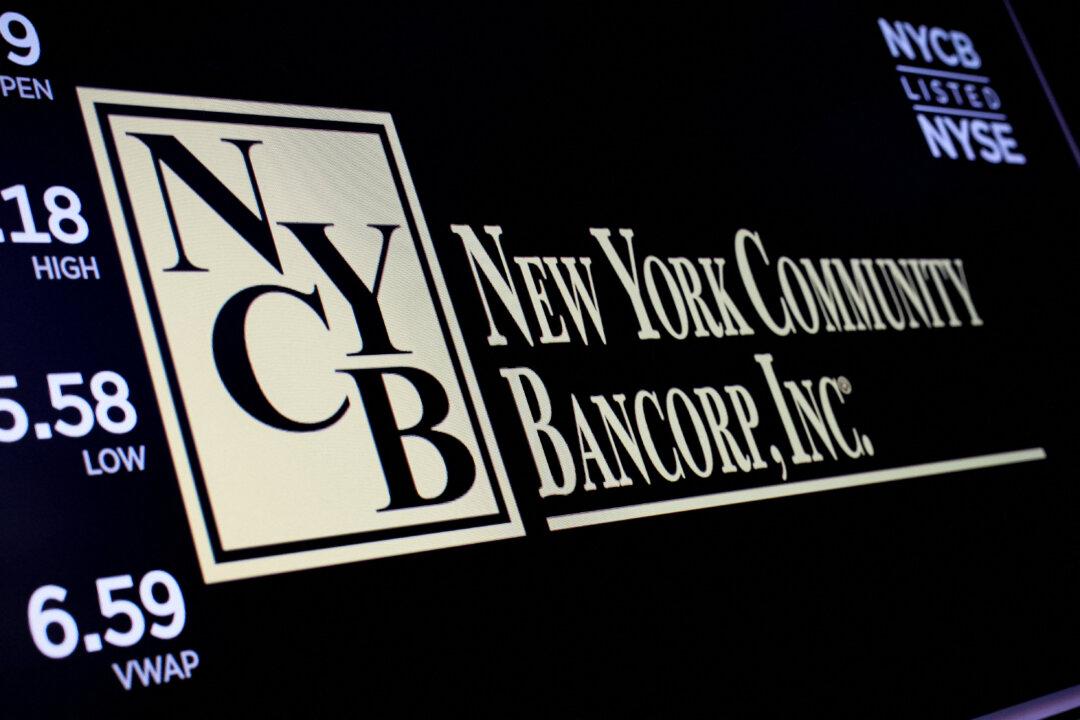Regional U.S. bank stocks sank on Wednesday, dragged down by a 37 percent plunge in the shares of New York Community Bancorp after it cut its dividend and posted a surprise loss, renewing fears over the health of similar lenders.
The KBW Regional Banking Index fell by nearly 4 percent, putting it on track for its biggest one-day drop since May 2 last year after JPMorgan Chase announced it was buying failed First Republic Bank. It was the third bank to collapse on deposit runs last year after Silicon Valley Bank and New York’s Signature Bank.





